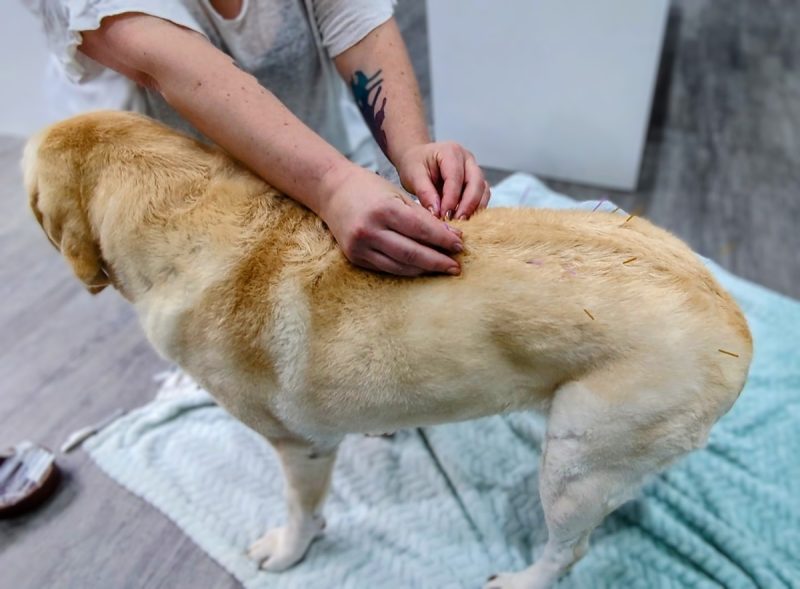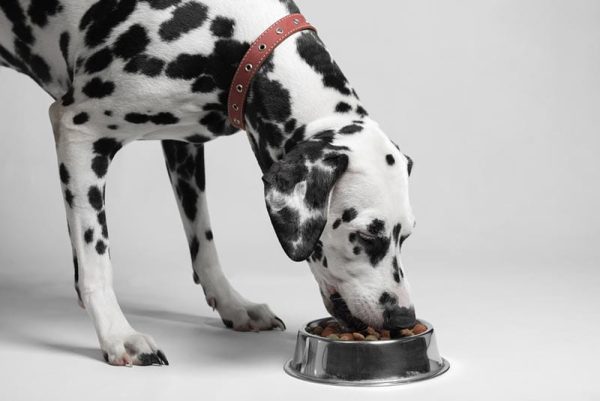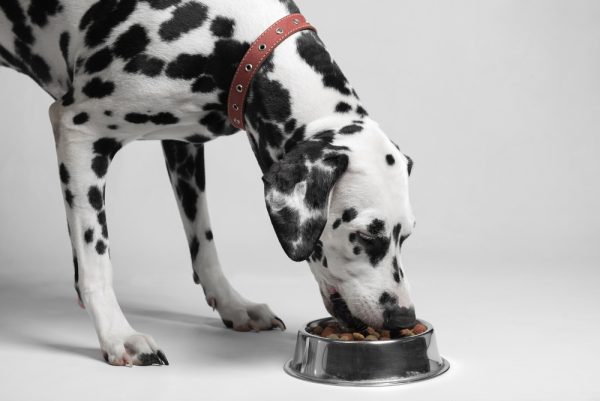Hi, I’m Dr. Karyn! Read my introduction to learn more about me and my five funny dogs, Poppy, Bailey, Kodah, Ned, and Fred.
It is something of a misplaced point of pride amongst many owners of elderly dogs about managing to keep their dogs off painkillers, as though this is some sort of great achievement. In reality, a 12-year-old Labrador that doesn’t need any pain relief is something of a rarity. In fact, the humble Labrador is amongst the most likely breeds to suffer from arthritis, and around 80% of all dogs over the age of 8 will be experiencing some form of arthritic discomfort or pain.1
Why Are People Reluctant to Medicate Their Dogs?
I think that when it comes to medication, humans have gone through several stages:
The Honeymoon Phase
Medication is awesome! It makes everything better, and my doctor would never prescribe something that could make me sick, right?
The Side Effects Backlash
Okay, so it turns out that there may be some teensy weensy side effects to some of these amazing drugs, but what’s a little nausea, cirrhosis, fetal deformity, and death between friends?
Suspicious Minds
My doctor wants me to take this medication for my epilepsy, but I think they’re just trying to make a profit. I’m going to use this lemon juice tincture instead because that’s what everyone on TikTok is raving about.
Okay, so they might be some overly simplified and extreme interpretations of our current society’s views on medicine, but I’m sure you take my meaning. Although research is continually improving the efficacy and reducing the side effects of medication, many people are still reluctant to take prescribed medication for fear of what other effects it may have. And this suspicion often extends to our pets, resulting in the idea that a life lived without the aid of medication is superior to one that has succumbed to the perils of pharmaceutical aid. Unfortunately, it is often our voiceless pets that suffer most from this aversion to medication.

“My Dog Isn’t In Pain”
My biggest pet hate (pun intended) is hearing words like this:
“My dog is a bit stiff in the morning, and limps after a walk, but he/she’s not in pain.”
What the owner often doesn’t realize is that they have just described classic signs of arthritic pain. It’s not until I am palpating and manipulating their beloved pet’s joints, sometimes eliciting a whimper or yelp, that they appreciate how well a dog can mask their pain. A wagging tail, willingness to follow us on a walk, and an enthusiastic appetite are not proof of a pain-free pooch, but of a dog that will push through their discomfort to please us. Dogs with arthritis rarely cry out, unless they move or land in a way that causes sudden significant pain, and this is usually the same for humans. The difference is that we can feel our pain, so we can address it with pain relief, hot and cold compresses, physiotherapy, and rest. What we don’t want is to wait for our dogs to be in so much pain that they are no longer able to hide it.
With the vast majority of dogs over 8 years suffering from some level of arthritis, it would be safer to assume that your elderly dog is experiencing some level of joint pain, until proven otherwise.
I wouldn’t suggest doing anything that I wouldn’t do. So with that in mind, I am going to share all the things that I have done (and would like to have done) to help keep Poppy and Bailey, our 11-year-old Labradors, as comfortable as possible into retirement.
Start as you mean to proceed
If you are choosing a puppy, be informed and educated about the breed, genetics, and parents of your pup to be. Not all issues can be avoided, but being prepared for what to expect can give you a head start.
Being Labradors, we were aware that both Poppy and Bailey could suffer with joint disease, particularly hip and elbow dysplasia. Frustratingly, despite coming from a line of good hips, Bailey had quite significant hip dysplasia, but having pet insurance in place from the day we brought her home meant that she was able to have total hip replacement surgery on both hips when she was 4-5 years old, ensuring a life of good mobility and comfort.
Be proactive
Although both our labs showed no signs of mobility issues (once Bailey had recovered from her surgery, that is!), we wanted to be proactive about their joint care, and we started them on joint support supplements when they were around 5 years old. I believe that this has delayed the onset of their inevitable arthritis by a year or two.
Swimming is a fantastic way for dogs to build muscle mass and stay fit, whilst protecting their joints. Poppy and Bailey absolutely love the water, so we try to get them to the beach a couple of times a week.

Make sure your dog is getting a proper physical exam at least once a year, including a proper assessment of their joints.
Keep ‘em Lean
Labradors are notoriously greedy dogs, and keeping weight off them can be a real challenge, one that we have not always succeeded in achieving. Poppy and Bailey are both quite small labs, and we always tried to keep their weight between 55 and 60 pounds (25-27kg), but there were times when that weight crept up to 70 lbs. A leaner weight puts less strain on the joints, and although I’m not exactly the best at keeping my own weight at an ideal figure, it is my responsibility as a pet owner to make sure my dogs stay within a healthy range.

Don’t withhold pain relief
There are so many options for managing canine arthritis; so many more than even five years ago. There are
- Non-steroidal anti-inflammatories (NSAIDs) which have steadily improved in terms of minimizing side effects eg. Galliprant, Previcox
- Disease-modifying osteoarthritis drugs (DMOADs) eg. Cartrophen
- Immunotherapy eg. Librela
Be open to holistic treatment

The aim of holistic therapy is to treat the whole body, not just the specific disease or injury. For a dog with arthritis, a holistic treatment plan might look like this:
- A portion-controlled diet rich in omega-3 fatty acids, supplemented with glucosamine, chondroitin, and other anti-inflammatory ingredients
- An exercise plan that encourages enrichment, cardiovascular function, and muscle maintenance, without putting excessive strain on the joints. One of my biggest regrets is that we used to use a ball thrower, not realizing just how much damage these handy tools can result in.
- Hydrotherapy or swimming to provide low/no impact exercise that strengthens the muscles
- Acupuncture for pain relief, as well as stimulating nerve growth factor to aid in joint and muscle recovery
- Medication or immunotherapy to target the pain and inflammation of arthritis
- Providing non-slip surfaces in the home to help your dog get up more easily, and avoid slipping over

Be Proud Your Dog Is On Pain Relief
When your vet recommends starting your dog on pain relief, they’re not doing it to hit their selling targets, they’re doing it to help your pet. Yes, we should absolutely be careful about using medications, and we should educate ourselves about the potential side effects and alternatives to the ones our vet recommends, but we shouldn’t be cautious to the point of neglect.
To me, an owner who proudly states that their elderly dog requires no pain relief is one that, in most cases, has not recognized the more subtle signs of arthritic pain. If you are worried about the possible side effects medications may have, talk to your vet about what to expect and how you can minimize those effects. Incorporating alternative therapies like acupuncture, hydrotherapy, and joint supplements can go a long way to reducing the doses of medication. I would much rather be managing the possible side effects of my dog’s medication than risk them being in pain.

- Read her previous article: The Great Debate Part Two: Why Dogs Are Better Than Cats
- Read her next article: Acupuncture for Bailey: Hello, Holistic Treatment!





















